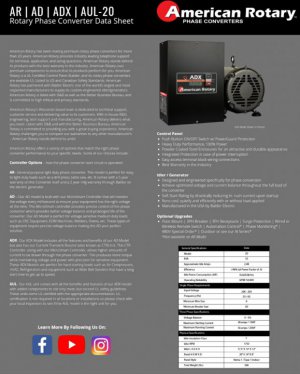I have only dealt with smaller VFD installs, mostly 5Hp and under, and not my background which is medicine. Where I have read others using the VFD as a fixed 3 phase power source, it has been older installs using much larger older style VFD's (surplus-cheap) and old style manual machines (not for CNC/electronics). If you figure that the startup draw of a motor is quite high like 8X the FLA, a VFD can provide probably 2-3X, and then factor in derating for single phase 2X. You are probably need 6-8X the the motor FLA for the VFD output, it would need to run in straight V/Hz, might be issues with THD which would trip it into an error mode. Larger VFD's usually have DC chokes which would be required, and then you would need some form of output filtering sized for the peak currents.... Discussions on it have mostly been over at the Practical Machinist, and more from years past, I have not seen it recommended as a general practice. You also would need a sizable service to the VFD, minimum would be 125% of the rated input, not what it is driving. I cannot see it as a practical solution these days, when an RPC can be done for very little.
Phase Perfect is what I see most people use if they have any type of electronics in their control system, or as a simple three phase power source for single phase input. Given the high efficiency and low standby power dissipation the service requirement would be much less than an oversized VFD. They appear to be reliable, and some of the previous issues seem to have been addressed with the newer models. Only issue that I recall reported from a reliability standpoint is the capacitors have a rated life and need to be replaced at regular intervals (years).



